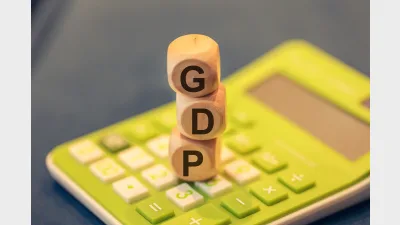Invest for after-tax returns: Russell


The after-tax consequences of investment strategies are just as important for retail investors as they are for superannuation fund trustees, Russell Investments director of consulting and advisory services Greg Liddell said.
Russell Investments/ASX Long-Term Investing Report shows that while residential property returns were highest pre-tax, the after-tax winner was Australian shares.
Growth assets like Australian shares and residential property outperformed more conservative asset classes like cash and fixed income over the long term.
Over 20 years to 31 December 2011, Australian shares delivered the highest returns with 9 per cent per annum and 7 per cent per annum at the lowest and highest marginal tax rates.
Residential property followed, returning 8.1 per cent per annum and 6.6 per cent per annum at the lowest and highest marginal tax rates, while cash provided the worst returns at both tax rates for any asset class.
“Calculating the effective tax rates on different asset classes helps investors to determine their best allocation of capital between these asset classes to maximise their after-tax returns and ultimately boost their wealth," Liddell said.
He predicted bonds would deliver lower returns in the future.
"With 10-year government bond yields sitting at record lows, over the next 10 years returns from bonds will be lower," said Liddell.
While residential property had the highest returns over a 10-year period, outperforming all other asset classes at the lowest and highest tax rate, Russell said future growth was not assured and highlighted the risks associated with property.
“The main risks for residential property relate to relatively high valuations and the prospect of further deleveraging by Australian households. Low rental yields will make it difficult for residential property to outperform listed shares as an investment over the next decade," said Mr Liddell.
Liddell said volatile short-term returns patterns were normal when investing in growth-type asset classes. He said investors shouldn’t panic when faced with global economic uncertainty, as growth assets were a long-term investment of at least seven years.
Recommended for you
Economic growth was weaker than expected, once again highlighting an economy largely sustained by population growth and government spending.
In this latest edition, Anna Shelley, CIO at AMP, shares the fund’s approach to current market conditions and where it continues to uncover key opportunities.
The mega fund has announced a $2.2 billion investment in a leading data centre platform, bringing its global real assets portfolio to nearly $60 billion.
In this latest edition, Australian Retirement Trust’s head of global real assets Michael Weaver explains the fund’s approach to finding new opportunities as it surpasses $300 billion in funds under management.













